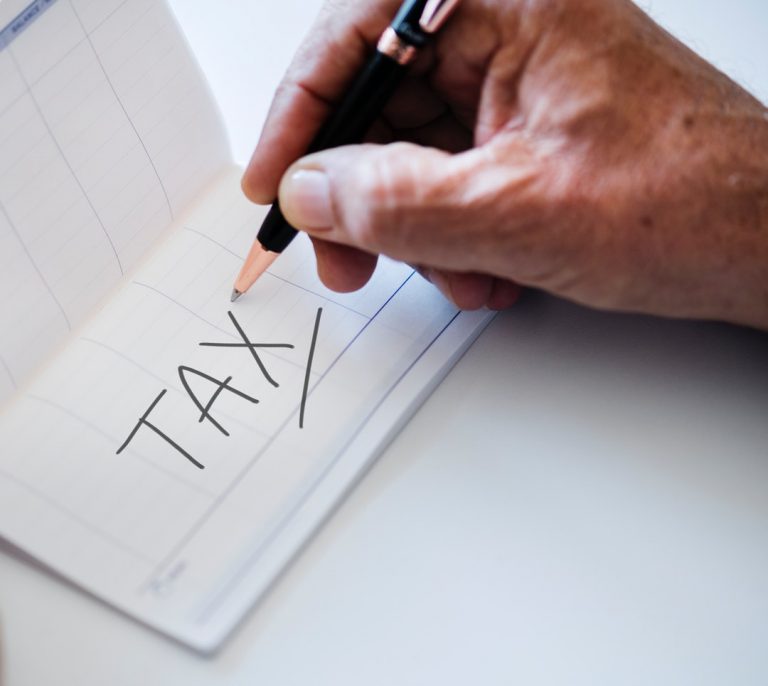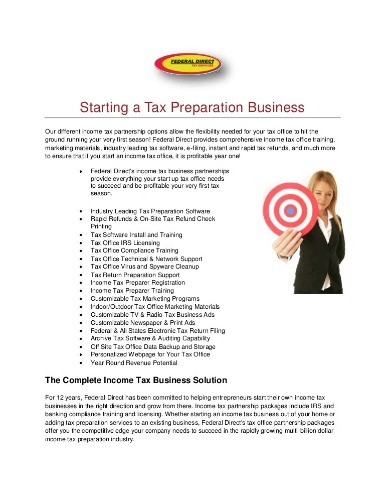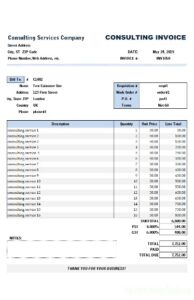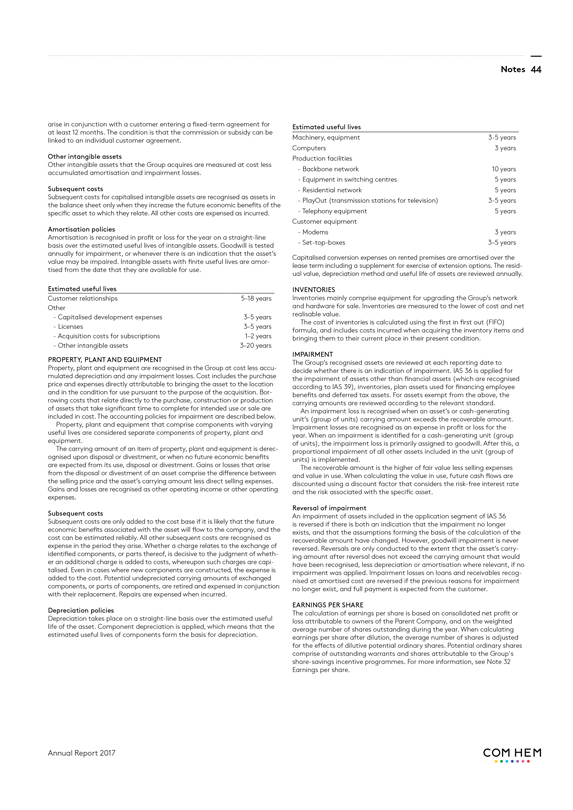How to Calculate Common Stock Outstanding From a Balance Sheet The Motley Fool

First, the board of directors authorizes the company to issue a certain number of shares. The company hasn’t taken action yet; it’s just gotten approval to take action and sell some shares if it chooses to. As an example, let’s say that a fictional business, the Helpful Fool Company, has authorized 5,000 shares. It is worth noting, though, that companies may buy back some of the shares they issued. Once you know how to calculate the outstanding shares, you can use this number to calculate a number of valuation metrics, or measures of a company’s performance and future earnings potential. Once you locate the line item for preferred stock, take note of the total number of preferred shares outstanding.

Vertical Balance Sheets

If you do not understand what are outstanding shares or how to calculate it, then this article is perfect for you. To calculate the weighted average of outstanding shares, multiply the number of outstanding shares per period by the proportion of the total time covered by each period. Then, add those terms together to get the weighted average number of outstanding shares.
Company
This number is important because it affects the company’s capital structure, valuation, and profitability. Next, you’ll want to look for the common stock line item on the company’s balance sheet. Common stock is the main class of stock that the company issues to investors. Investors who hold common stock exercise control by being able to vote on corporate policy and electing the company’s board of directors.
- Our writers and editors used an in-house natural language generation platform to assist with portions of this article, allowing them to focus on adding information that is uniquely helpful.
- The shareholders’ equity section of a company’s balance sheet notes its total number of shares.
- On the balance sheet, there is a line item description that states the number of shares outstanding.
- If there is a difference between the number of shares issued and outstanding, the difference is treasury stock.
- The total number of shares in circulation increases or decreases according to the stock split’s exchange ratio.
- However, they stop responding when client demands return of amount invested and profit earned.
Number of Treasury Stock Shares
- For example, a 1-for-10 reverse stock split would reduce the number by 90 percent.
- Liabilities include debt financing and other obligations, including accounts payable, accrued payroll, benefits, and taxes, lease obligations, and deferred revenue.
- Below lists two commons sources starting with the preferred source if available.
- This “issued” stock can be less than the total authorized, but it can never be more.
- The basic shares outstanding is the starting point when calculating the diluted shares outstanding.
- Based on the information below, calculate the weighted average shares outstanding and the basic EPS.
If there how to find number of shares outstanding on balance sheet are 100 shares outstanding and you buy one, you own 1% of the company’s equity. Let us understand how to calculate outstanding shares with a simple example. A food distribution company, FoodZilla Ltd has issued a total of 10,000 equity shares. Of these, 6,000 shares are floating stock i.e. held with the general public.

How Stock Splits Influence Shares
And balance sheets are projected into the future for business plans or financial modeling in M&A and other decision-making. The balance sheet is a financial statement issued by the company that provides a full accounting of the company’s assets, liabilities, and shareholder’s equity at a particular moment in time. In other words, the balance sheet is a snapshot of what a company owns, what it owes, and the total amount that has been invested by shareholders. Locate the line titled “treasury stock” in the shareholders’ equity section. This account records the number and value of shares a company has repurchased with the intentions of reissuing them later.
Companies compute their return on assets (ROA), equity (ROE), or investment (ROI) to measure performance. Finding the number of shares outstanding on a balance sheet can seem daunting, but by following these simple steps, you can locate this important metric with ease. Remember to check the Stockholders’ Equity section, identify the Share Capital subsection, and look for the labeled line item. With this knowledge, you’ll be well-equipped to analyze a company’s financials and make informed investment decisions.

And these shares do not receive dividends nor do they get voting rights. Looking at several examples of stockholders’ equity on different company balance sheets, you may notice a treasury stock line item on several https://www.bookstime.com/ of them. Instead, the weighted average incorporates changes in the number of outstanding shares over a certain period of time. As you look through a company’s financial documents, don’t confuse outstanding shares with issued shares, which is a slightly different category and includes treasury stock. Outstanding shares play a crucial role in determining a company’s market capitalization, a key metric for investors assessing a firm’s overall value.
- Remember to check the Stockholders’ Equity section, identify the Share Capital subsection, and look for the labeled line item.
- The number of basic shares outstanding is calculated as the number of shares issued (1,192,093,991) less treasury stock (428,676,471).
- Total outstanding shares represent the number of shares of a company’s stock that are currently held by all its shareholders, including institutional investors, company insiders, and the public.
- Stock splits are usually undertaken to bring the share price of a company within the buying range of retail investors; the increase in the number of outstanding shares also improves liquidity.
- Here’s what you need to know about outstanding shares and how they’re vital to determining the value of a company.
If you’re interested in learning about common stock, you may also in learning about the best broker available for your needs, so visit our broker center to discover the possibilities. Deferred revenue represents cash received from customers as deposits before goods are shipped or https://www.facebook.com/BooksTimeInc/ services are performed. Deferred revenue is a liability because the company still has a performance obligation.












